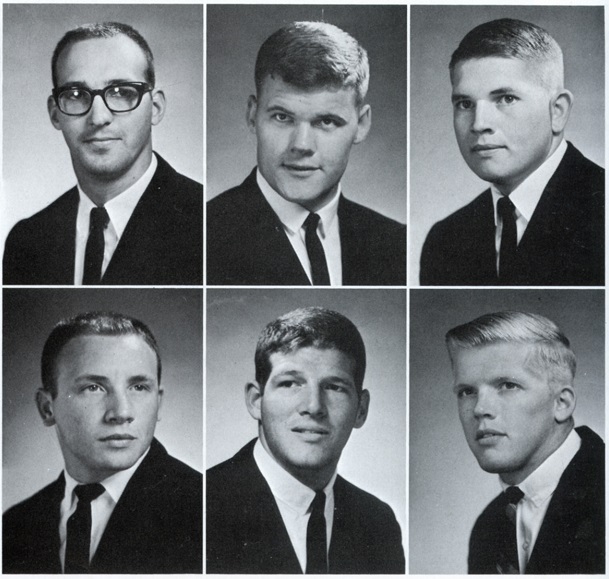September 29, 2014: The “Yearbook” approach to content marketing takes advantage of the fact that, as Dale Carnegie observed, “a man’s name is to him the sweetest and most important sound in any language.” As Kevin Lee writes in his latest ClickZ column, “it elevates the status of the person it’s about and highlights their achievements and contributions. Consequently, it has a high likelihood of being shared very widely by the subject.”
“The Yearbook Approach is highly effective, but because it’s somewhat labor intensive (especially in respect to the research, question-generating phase), you may lack the bandwidth to produce such articles a weekly. But even if your output of such articles is monthly, it’s worth adding this approach to your content marketing toolkit because the potential for gaining added reach for your content is so great.”
Best practices for the Yearbook approach include:
1. Choosing Your Influencer With Care. Unless you’re hooked into the celebrity circuit, you’re not going to be able to score an interview with a top-tier celebrity. For most if you it’s not about reach alone, it’s about quality of the interview and a specific focus. So, don’t use People Magazine as your hunting grounds; instead compare your marketing plan to those with clout (and perhaps Klout) in your sector. Look for people active in your business space who are saying interesting things who aren’t on the CNN/Bloomberg/Huffington Post circuit who would appreciate some added attention. Independent consultants are often good choices because they realize that additional exposure has a direct impact on their bottom line.
2. Thinking Hard About Your Questions. You’ll spend most a fair amount of time researching your interview target, getting to know him/her as well as you can, and probing deeply into his/her worldview. A few “softball questions” are OK, but try to draw them out a bit by referencing provocative quotes they’ve made on Twitter, on their blogs, or in press interviews. Once you’ve got your questions ready, fire them off. It’s usually a good idea to allot at least a week for turnaround (although some interview targets respond very quickly).
3. Showing Respect. Once you’ve gotten your questions returned, use them to create a good-looking blog article that they’ll have no reservation sharing with their audiences. In many cases, your interview target will grant you access to use his/her photos on your blog. If these images aren’t impressive, go the extra mile and create unique graphics that highlight his/her stature. Use callouts to illustrate particularly provocative points made by your interviewee.
4. Getting Signoff Before (or Soon After) Publishing. Unless you’re working with someone who’s big enough to demand a preview prior to publishing, giving your target a tipoff that “the article is live” will likely suffice in terms of getting his/her buy in. Don’t ignore this step: it shows courtesy as well as providing a final chance to check for any content errors introduced in the production process.
5. Not Asking for a Link Back. Asking or demanding links back in return for a yearbook-style article can be looked at as risky. One wouldn’t want there to be a presumption that there was a shady “quid pro” in operation. Admittedly a link might produce some SEO value, but embark on this initiative with the idea of great content first. Besides, if your article has done its job, it will attract the attention it deserves from your target and his/her network.
Read complete article at ClickZ.com.
- 10 Mistakes to Avoid When Using QR Codes for Marketing - September 20, 2023
- Kevin Lee on How AI Changes the SEO Landscape - August 31, 2023
- The Power of Compound Marketing: Kevin Lee Presents @ 1MediaWorld 2023 Global Conference - March 7, 2023

